Jeff Gordon is now just over one year into his reign as the President of the American Birding Association. We here at 10,000 Birds thought the first anniversary of his ascension to the throne would be a good time to ask him some questions about etiquette, the state of the ABA, and a variety of other topics. Having now met Jeff twice at recent birding events and even having had the opportunity to bird with him I can say that he is a nice and thoughtful guy, a good birder, and exactly 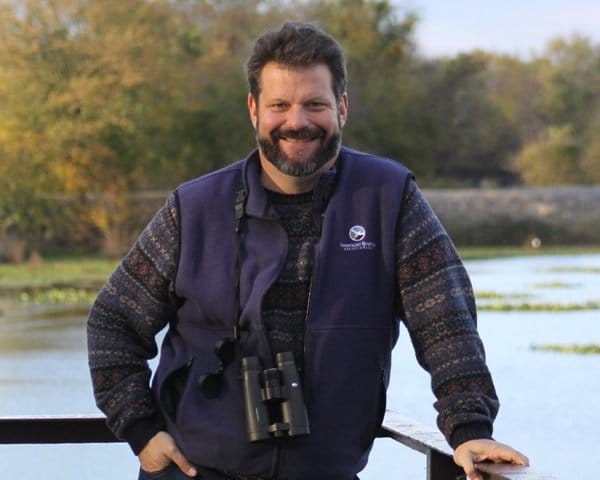 what the ABA needs right now. Here’s hoping his tenure as president is long and fruitful and that the ABA continues with its excellent social media presence, wonderful print publications, and advocacy for birds and birders. This interview was conducted over email.
what the ABA needs right now. Here’s hoping his tenure as president is long and fruitful and that the ABA continues with its excellent social media presence, wonderful print publications, and advocacy for birds and birders. This interview was conducted over email.
What is the proper way of addressing you? Your eminence? Grand Poobah? El presidente? This is an important matter of etiquette and I don’t want to mess it up.
“Jeff,” “Jeffrey,” “El Jefe,” or “His Jeffness.” “El Jefferino,” if you’re not into the whole brevity thing. Actually, most folks do call me Jeff. I just use Jeffrey or Jeffrey A. for official stuff. As far as my job title, I’m the President of the American Birding Association, but I’m kind of hoping that Birder-in-Chief will catch on. Can you get to work on that, Corey?
What was the most surprising thing you learned upon taking the presidency?
How generally positive most people are about the ABA and its future. Reading much of the online discussion during the Summer of 2010, one might have reasonably concluded that the birding world was composed largely of staunch ABA critics and people interested in following the minutiae of its internal workings.
What I’ve found instead is that comparatively few people have closely tracked or particularly cared about most of the organization’s occasional but real stumbles. I think most folks have a very binary “thumbs up-thumbs down,” kind of view. Either the ABA is going in a good direction or it’s not. And they very much want it to be going towards the good, which there seems to be very broad agreement is in fact what’s happening now.
I hasten to add that many of those staunch critics were and are, of course, among the people who feel most passionately about the organization and are most deeply invested in it emotionally. And every organization, especially a membership-based one, needs its critics and does well to consider and address their criticisms. But overall, I was surprised to see the overwhelmingly positive body of feeling.
invested in it emotionally. And every organization, especially a membership-based one, needs its critics and does well to consider and address their criticisms. But overall, I was surprised to see the overwhelmingly positive body of feeling.
What is the state of the ABA now?
To me, the ABA right now is like March in the Mid-Atlantic for birders. It has been a long winter and it sometimes feels like the warblers and the tanagers should damn well be here already. Everyone is itching for that tidal wave of migrants and mild weather they can feel just around the corner. But the fact remains there may be a few more weeks yet of getting by enjoying pretty ducks, and savoring the returning Tree Swallows and Eastern Phoebes before we get to that magic tipping point where the flood gates open and things get really interesting. I used to be incredibly impatient with March, but I’ve been around the block enough times now that I’ve learned to kind of enjoy it.
I know you are dedicated to growing and diversifying the ABA. Do you have any specific initiatives you would like to discuss?
The staff and board and I have paid a lot of attention to our social media and web presence over the last year and I think our progress there has been remarkable. In just over a year the ABA Blog has established itself as a daily destination for the birding community. And if people want to find out almost anything about the ABA, they can access me or other staff and board quite easily via Facebook, etc. So that’s part one in building and diversifying.
We’ve got some other very cool web stuff in the final stages of development that will build on the community of members sharing information and helping each other get more out of their birding. After all, sharing information has been the hallmark of the ABA since its founding in 1969. It was a social network long before anyone ever heard of Twitter or even e-mail or cell phones.
Watch also for a series of friendly, birdy competitions based on Big Years and Big Days.
But the biggest growth and diversity initiative is going to involve getting our members to really actively think of themselves as evangelists and recruiters for the birding movement. I don’t think it’s something that really comes from the top down, though. I might be able to model it, and get the ball rolling. I certainly want the ABA to support it, to let birders know that we will do everything we can to help them reach out, but it will ultimately have to come from the community.
I thought your post from the other day about birders simply introducing themselves to each other was a fantastic example of this sort of change. It’s a simple thing, but very powerful, striking right at the heart of this weird isolation and social awkwardness that I think has really held us back from achieving what we should as a community. Birding ought to be a joy that is shared and passed on, not a private thing kept to oneself. Most of the time, anyhow. There’s certainly a place for solitude and quiet, too.
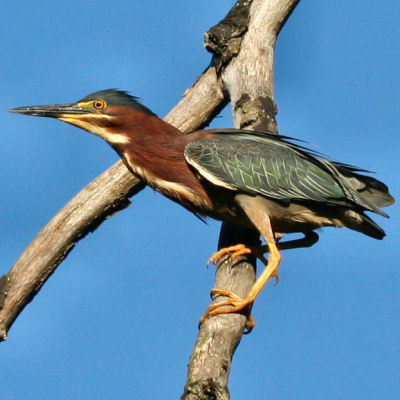 The American Kestrel was the ABA bird of the year this year. What bird will it be in 2012? (Say Green Heron say Green Heron say Green Heron.)
The American Kestrel was the ABA bird of the year this year. What bird will it be in 2012? (Say Green Heron say Green Heron say Green Heron.)
Green Heron would be an excellent choice, I think. It’s my wife Liz’s favorite bird, for starters. And I think it embodies that combination of accessibility and interest to birders at all stages that the Bird of the Year program is meant to promote. We’re looking at ways to make the choice for 2012. I’d like to see it involve at least a component of online voting, so I’ll be sure to let you know when and where that happens. That way, you can stuff the Green Heron’s ballot box!
Colorado or Delaware?
For me, for birding: Delaware. I’m just deeply imprinted with the way migrations and the seasons and the land and water interact and proceed. That said, Liz and I are really grooving on Colorado these days. It’s a great pleasure living where the prairies meet the Rockies. It’s a gorgeous setting, and it’s very easy to see why the Front Range has a burgeoning population and a very active birding community. It is a really nice area to live.
If you could wave a magic wand and change one thing about the ABA what would it be? (Other than huge and unlimited piles of money or members.)
Well, this could be seen as implying more money, but the first choice, short term, would be more staff. The people here do an amazing amount with very little, but we obviously need to grow in order to really start hitting our marks the way we all want to.
But perhaps even more than more staff, I’d like to see people change the way they’ve often thought of the ABA. I’m working for the ABA to become an organization that people think of as one they can support that will innovate and foster positive change for our entire community, in addition to being a club they can join to get membership benefits. I’m talking 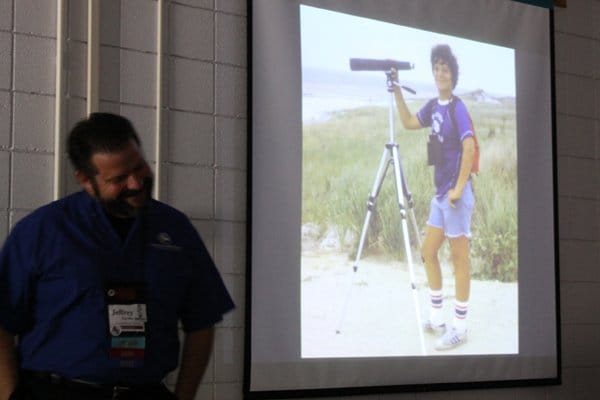 about changes like more and better birding opportunities. Outreach to the public, many of whom are unlikely to ever become ABA members but who can still make a difference, about the importance of birds and the simple pleasure of connecting to nature through birding. A voice and a face for the birding community on the issues that truly matter to birders that other organizations are unlikely to attend to. I think that transformation is crucial for the ABA’s future.
about changes like more and better birding opportunities. Outreach to the public, many of whom are unlikely to ever become ABA members but who can still make a difference, about the importance of birds and the simple pleasure of connecting to nature through birding. A voice and a face for the birding community on the issues that truly matter to birders that other organizations are unlikely to attend to. I think that transformation is crucial for the ABA’s future.
What bird haven’t you seen that you would most like to see?
There are hundreds, of course. But Black-crowned Antpitta and Rufous-vented Ground-Cuckoo are very high on the list, as is Magellanic Woodpecker. One thing that unites those three is that they’re spectacular species I’ve had multiple chances of seeing and so far missed. I’ve only been to Hawaii once and can’t really complain about not having seen Maui Parrotbill or Crested Honeycreeper, but both look really special. For birds that occur within the ABA area, Eared Quetzal (Trogon), Aztec Thrush, Laysan Albatross, Bermuda Petrel, and Siberian Rubythroat are a few that spring to mind I’d love to see. Oh, and, of course, Spoon-billed Sandpiper!
Twitching or patch-birding?
Patch-twitching, naturally! Which in many senses is what I got to do a over more than a decade as a full time bird tour leader. Going again and again to many of North America’s most hallowed birding shrines, developing a working knowledge of species most birders are lucky to see even once.
If forced to choose, though, at this point in my birding career, I’d take a great local patch first. But I’d never trade the crazy, wonderful times I’ve had with friends chasing the occasional vagrant. Those are wonderful, treasured memories.
Is there anything else you would like to say to the readers of 10,000 Birds?
Thanks for reading this far! I hope to get the chance to bird with all of them, though perhaps not all at the same time!
I’d also add the old line to the effect that we must all hang together or we shall surely hang separately. Birders, as I see it, have got to stop shuffling their feet, being all ambivalent and nuanced (which surely comes easy to many of us) and get out there and claim our place at the table, projecting a positive, welcoming, attractive image for what we all know to be one of the very best ways one can spend a portion of one’s time on Earth. Nobody else will do it for us. Sure, we have some negative impacts. Every human does. Our job is to prove that we more than compensate for the little harm we do by the overwhelming good we can and will do, if only we allow ourselves to come together and work at it with a common purpose.
And I would humbly submit the American Birding Association as the best available vehicle for that change to happen. Here’s the first step: aba.org/join
Lastly, if any of your readers has an amazing idea for advancing the cause of birding, I’m all eyes and ears. Leave it in the comments here, e-mail me, etc. The very best thing about social media as I see it is the chance for good ideas to spread, and even be improved, all very rapidly and inexpensively. Birding is a really great idea. Let’s make it even better, together.
Thanks, Jeff. And, hey, 10,000 Birds readers – Are you a member of the ABA yet? Why not join? You can start the process by clicking here. And, yes, we will be working on revising the birder taxonomy to make sure that “Birder-in-Chief” catches on with the birding masses!
…

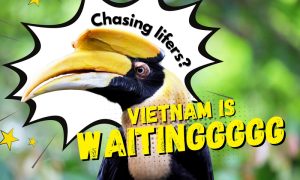
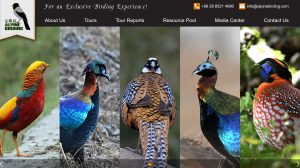
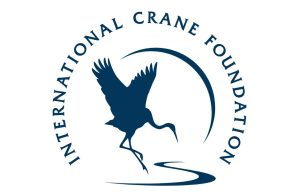
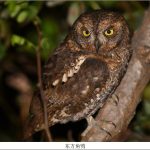
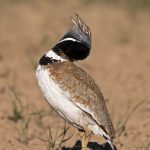
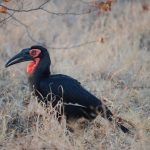
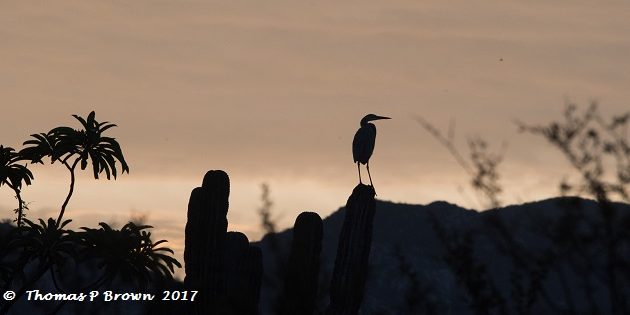
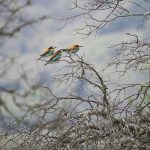
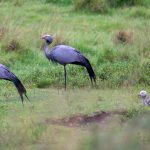
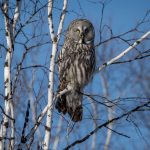
Jeff, I have really enjoyed seeing the new things the ABA is working on. It seems like an exciting time with more outreach to local clubs. My friend Jennifer Rycenga had an awesome time helping to organize the ABA conference in Half Moon Bay. I was really excited to see that you will be at the Central Valley Birding Symposium. I look forward to meeting you.
Cliff Hawley
Excellent interview, and fascinating to watch from afar the progress of the ABA over the past year. Here in Britain we still lack any kind of comparable organisation representing birders and their interests, so there’s much to be learned from the ABA. I’m sure this would be a good canvassing ground for international support for the association, too.
Great interview. Thanks for doing such a great job Birder in Chief! Come on down to Costa Rica and be rewarded with B.C. Gnatpitta and that sneaky ground-cuckoo.
Fun idea about little ABA competitions. I like it! I like the Birder-in-Chief and appreciate his leadership style. I like the ABA Blog a lot. In my opinion, the other ABA publications are “just okay”. Other birding publications are more enjoyable. Even many of the random bird blogger posts are more interesting “to me” than most ABA articles in Birding and Winging it.
So, as I approach the end of my first full year of ABA membership, I’m asking myself if and why I should renew. Because of reduced disposable income this is actually a decision and an expense that I have think about and defend to my wife, so please indulge me as I ponder out loud here:
What can we do within the ABA, that we can’t do on our own, or that we aren’t already doing on our own to promote the joy of birds and birding? Notice that I’m not asking “what can the ABA do for me?”…besides just recruiting and promoting ABA membership? …’cause that’s kinda how I’m feelin’ about the current direction of the ABA…it’s all about getting new members and more money so we get more staff to do more what?
Being a part of something bigger than oneself is motivating. The ABA can represent a BIGGER voice for birders which can be good for conservation and for marketing our pastime. There are now so many resources online that allow me to feel fulfilled in birding, wherein I feel like I’m contributing to something bigger than myself. I wonder if I really need the ABA to help me do achieve this.
The “Bird of the Year” is a fun ABA idea which I support. My attempt to rouse grassroots activity inspired by this program had initial ABA kudos, but drifted quietly away in the interwebs getting little more ABA support than a Facebook “like” from El Jefe. I was disappointed.
eBird is the best thing I can do within my current means to contribute to the global good of birds and birding. So, if I’m limited to a $50 contribution this year, I suppose it will go to eBird rather than the ABA.
Dear ABA, amid all the other worthy objectives, please don’t forget to focus on and support the “fun” of birding.
Tough times and tough decisions.
A couple ideas for the ABA…
1. A photo competition for photos of the ABA Bird of the Year, with cool prizes! An art competition along these lines would be appropriate too.
2. Negotiate ABA Member discounts with optics companies, bird festivals, etc.
Not only is Jeff Gordon nice, thoughtful, and a good birder, he is well-spoken, caring, extremely likeable, and a great field companion.
Jeff has also accomplished remarkably little in his year as President of the ABA. What has been done in that one year could have been done in his first two weeks on the job.
Jeff is capable of talking about some really neat stuff, but appalling little gets done. He says in your interview that progress has been “remarkable” in the last year, but he is hard pressed to show any solid results.
What are the specific new projects and innovations to give birders an opportunity to “get out there and claim our place at the table”? How is ABA becoming the place to give birders a unified voice and advocate for birders’ needs? How are old ABA members being won back and new members being attracted? Where is the money that would prevent more of ABA’s shrinking staff from being laid off?
What did the ABA’s “bird of the year,” the American Kestrel, mean? Let me digress: here was an opportunity to build a campaign around a wonderful bird – a bird that is also in trouble – to promote awareness, education, conservation, and public interest outside the ranks of the mega-listers. The ABA kestrel sticker has been on my binoculars since I received it with the March issue of BIRDING. And that was it… After the very first step, nothing was done. The grand opportunity was lost; the “message” was, essentially, meaningless.
And now for the most important question: Why should anybody join ABA today? If the ABA message is that we should have fun, birders don’t need an organization to tell them that.
Corey, no more softballs please. Try some hard questions next time.
Establishing a strong web presence via a website and social media is not something that can be done in 2 weeks. Creating cash flow to a nearly bankrupt organization is not something that can be done in 2 weeks. Increasing membership and getting old members to rejoin is not something that can be done in 2 weeks. Doing grassroots communication and going to bird festivals to reconnect with old members and new all while staff is shrinking is not something that can be done in 2 weeks. Changing ABA bylaws and mission via member vote is not something that can be done in 2 weeks.
Very much like the economy, the ABA downfall did not happen over night nor is it going to be fixed overnight, in 2 weeks or in a year.
I say this as someone who was a former member, who was contacted personally by the ABA to find out why I wasn’t a member and encouraged me to rejoin.
@Paul: Next time I will bring the hot pokers and the waterboard!
This is a cool idea: http://www.eagleopticsblog.com/2011/11/14/would-you-like-an-aba-membership-with-that/
Jeff Gordon has a secret weapon: his wife! She also makes birding very attractive.
I’d rather support bird conservation, like ABC, or local conservation. i do read ted eubanks, I look forward to his insightful blogs.
After reviewing the last couple issues of Birding I want to revise part of my opinion as stated in my first comment here. The articles are pretty darn good. The photography and layouts are great. They don’t have the flash and pizzazz like BirdWatching (US version, formerly known as Birder’s World), but they are excellent, especially considering that Birding is a member created magazine and the others have professional staff and writers. Having a magazine focusing on member contributed material is a really cool niche for which I have a new found appreciation.